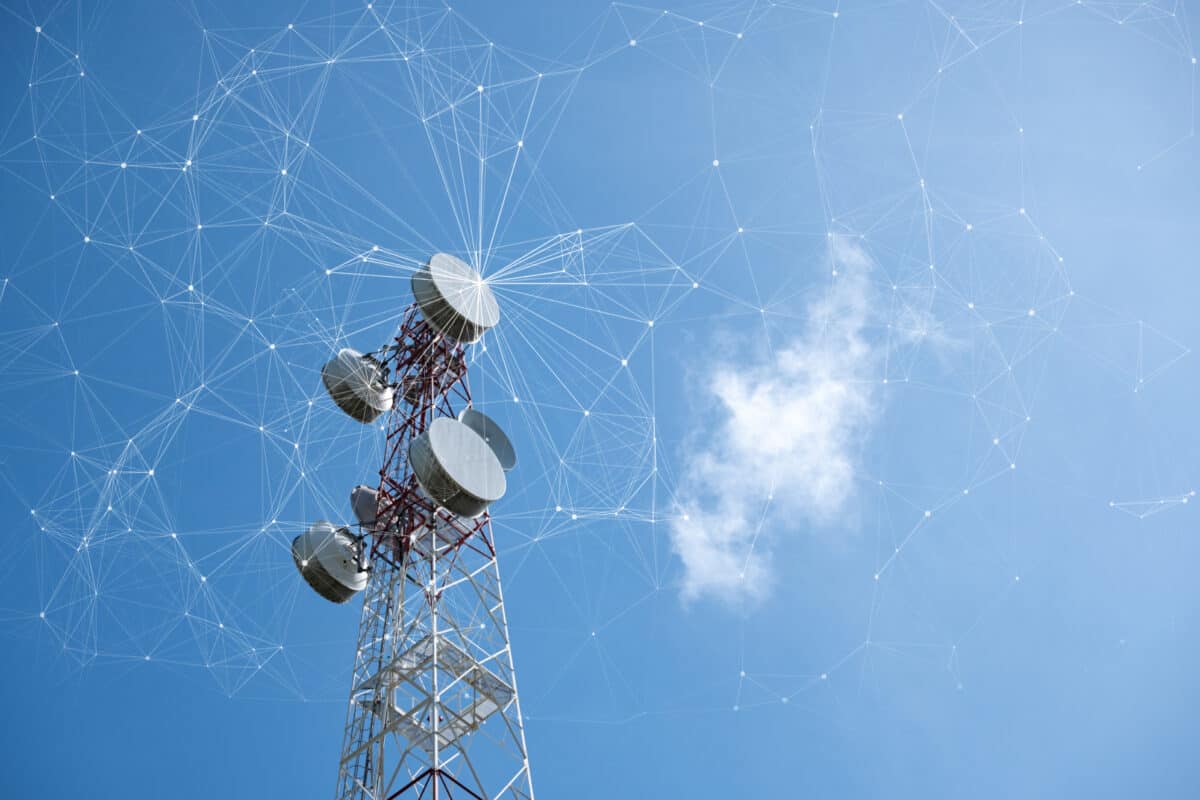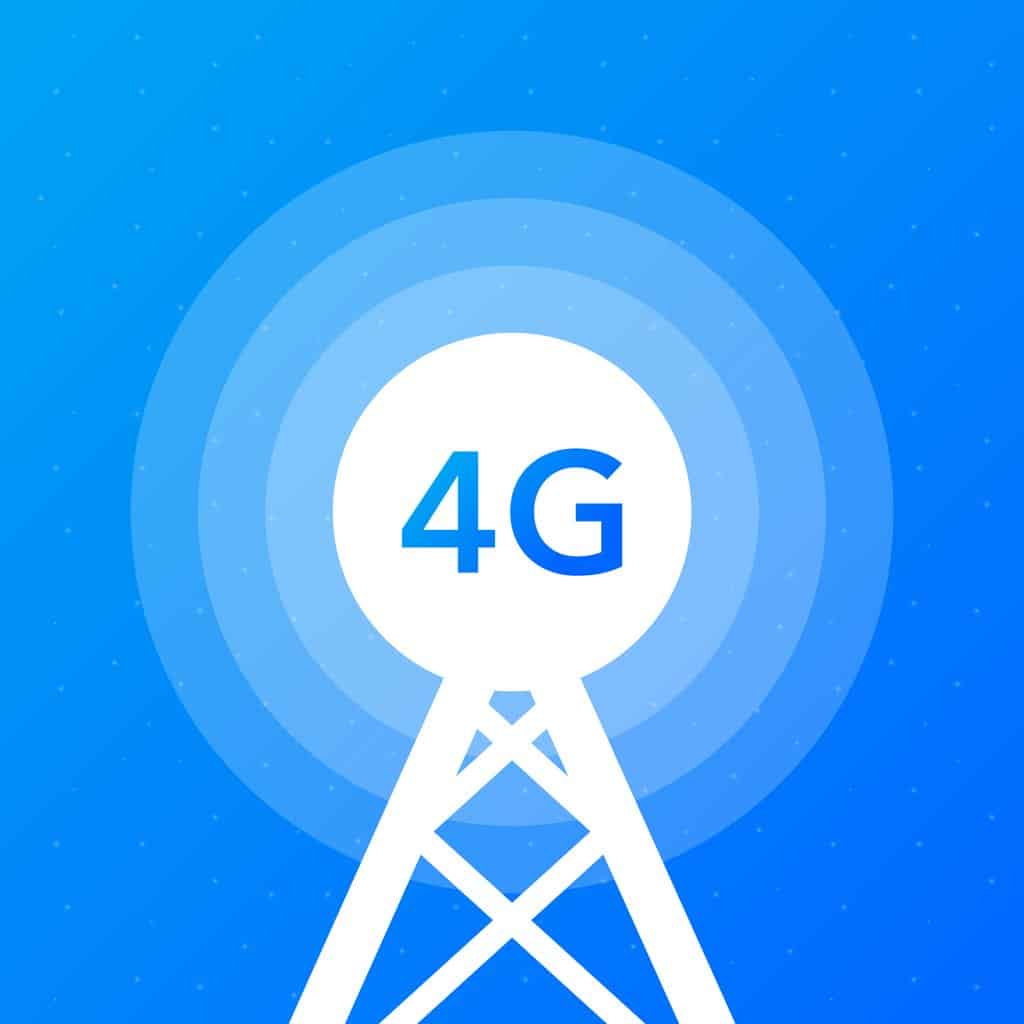4G is one of the world’s most popular and prominent methods of allowing for wireless connectivity. It allows for numerous methods of communications, including mobile web access, mobile phone use, data sharing, streaming services, and more. It is no longer the most cutting-edge system available — that is now 5G — but it will take years before 5G is fully implemented throughout the world. As such, for the near future, 4G will remain a popular and widely used method of accessing the internet with rapid speed, ensuring that the world stays digitally connected.

6 Facts About 4G
- As of 2020, there were an estimated six million 4G towers throughout the world. More than half of those towers are located in China. Another 300,000 are located in the United States.
- In the United States — just like much of the world — suffers from major equity issues when it comes to 4G deployment, with urban and suburban areas having easier access to these networks than rural areas.
- There are many conspiracy theories about 4G — all of which are completely unfounded. This includes conspiracies that blame 4G for the spread of SARS, the flu, and COVID-19.
- 4G requires the installation of large and noticeable cellular towers in order to allow for users to take advantage of the network. This has caused some pushback in local areas from people who object to its construction.
- The average 4G speed is almost five times faster than 3G, the previous wireless generation.
- South Korea has the best 4G network, with 98.3% of South Korean residents being able to access a 4G network at any time.
What Is 4G: Explained
4G is a broadband cellular network. It is a communication standard, meaning that individuals can use mobile or cable-connected devices to access the internet, exchange data, use their phones, or more.
Quick Facts
- Creator (person)
- Consortium of government and private software developers
- Original Price
- Does not apply
- Operating System
- NA
- Developed By (company)
- Consortium of government and private software developers
4G is relatively fast, and for many people, a 4G network is more than accurate to meet their internet needs. It offers significant improvements over the previous 3G network, offering greater capacity and speeds while also showing reduced latency.
How To Use 4G
Fortunately, the average person will not have to perform any particularly difficult operation to use a 4G network or device. All they have to do is connect to a local 4G network.
However, this does require the deployment of a nearby 4G tower, as well as a device that is 4G capable.

The Difference Between 4G and 5G
While both are wireless connectivity networks, there are major differences that have emerged between 4G and 5G. 4G is a much older network and one that has obtained near worldwide penetration throughout much of the world. For at least the near future, it will remain the most popular network. However, that will not last for more than another few years, particularly given the wide degree of support that the deployment of a 5G network has achieved.
5G is the next generation of wireless connectivity. As such, it has much faster speeds than 4G. 5G also operates on many frequencies, more than 4G, with a frequency for low-band, mid-band, and high-band.
5G also has much reduced latency issues. 4G runs 50 milliseconds of latency, while 5G runs at mere 1 millisecond. Most people will not notice these differences. However, for advanced manufacturing or self-driving cars, this difference is massive.
5G requires constructing a brand new network infrastructure and more towers in order to allow for a full deployment. 4G is already largely built out.
5G also has, on average, a much greater capacity than 4G. This means that many users can use 5G. This use can occur on the three frequency ranges that are currently available.
4G Release History
Development on 4G — including the development of what would qualify as a 4G network — first began in the 2000s, with standards being formally adopted in 2008. The first service was deployed in Stockholm and Oslo in 2009, and expansion of the network followed shortly thereafter. In retrospect, these systems were too slow to be considered true 4G and later were classified as LTE.
Commercial phones were available shortly thereafter. 4G reached the United States in 2012, with five companies making the network available. The wireless generation was largely standard for mobile phone and mobile web use by the mid-2010s. However, in 2019, 5G began to be rolled out. While 5G has not yet supplanted 4G, it is expected to within the next few years. Like 3G, 4G will eventually become an obsolete generation of wireless connectivity.
Do You Need A 5G Smartphone?
If you have a really old smartphone that was designed to work with 3G (or earlier) networks, you won’t be able to connect to 5G. In general, phones from 2018 or earlier fall into this category. A few manufacturers started making smartphones that were capable of connecting to a 5G network at the beginning of 2019. These devices featured 5G-enabled modems, though there were few 5G towers online at that time. (They didn’t start going online until the end of 2018.)
Today, the vast majority of new smartphones have 5G modems, which are based on 4G lite network technology. These phones can connect with 2G, 3G, and 4G networks, but they’re 5G-ready. So, when a 5G tower goes up near you, or you travel to a location where one exists, your phone will connect to it seamlessly.
The image featured at the top of this post is ©iStock.com/VectorUp.








